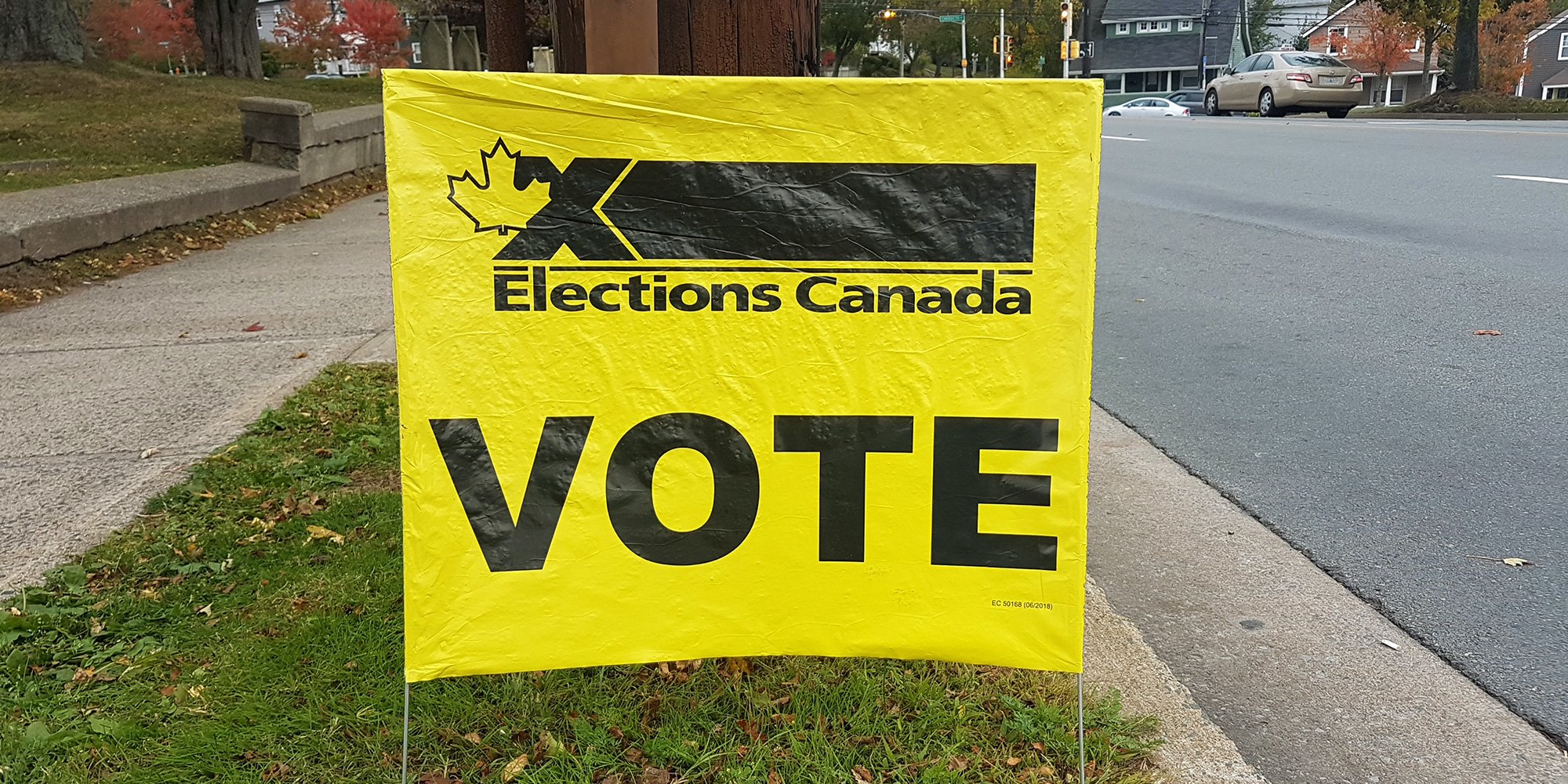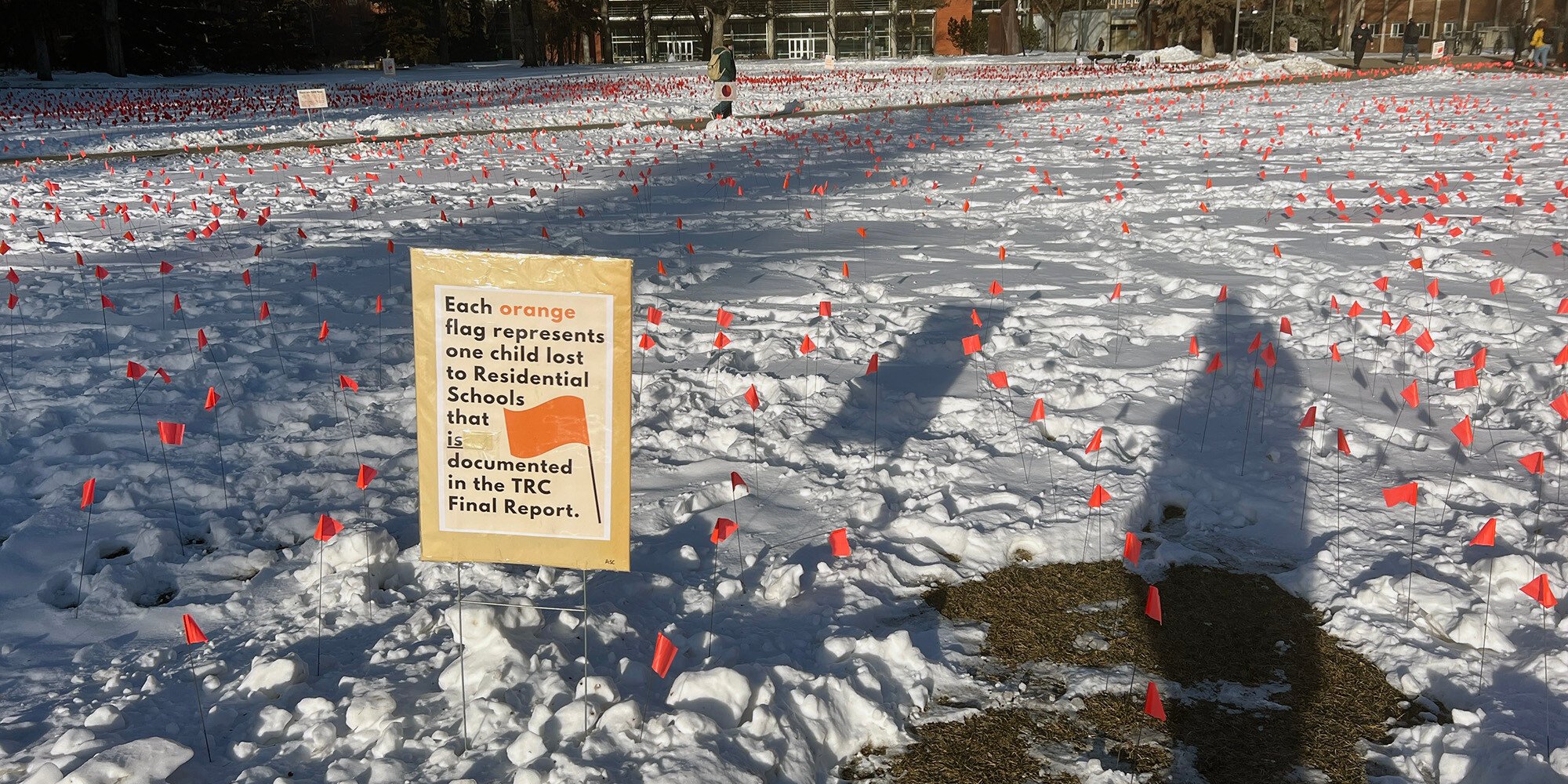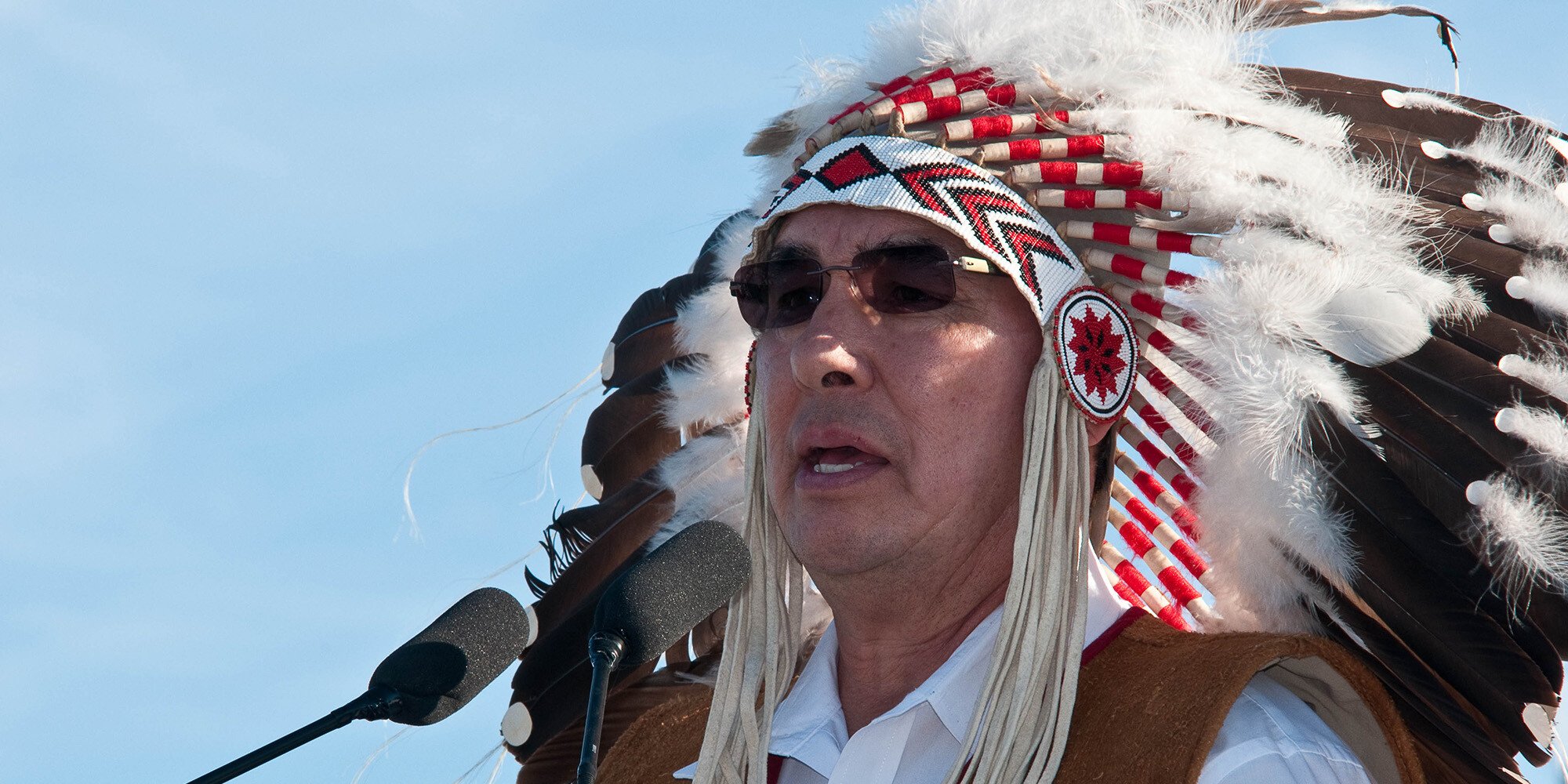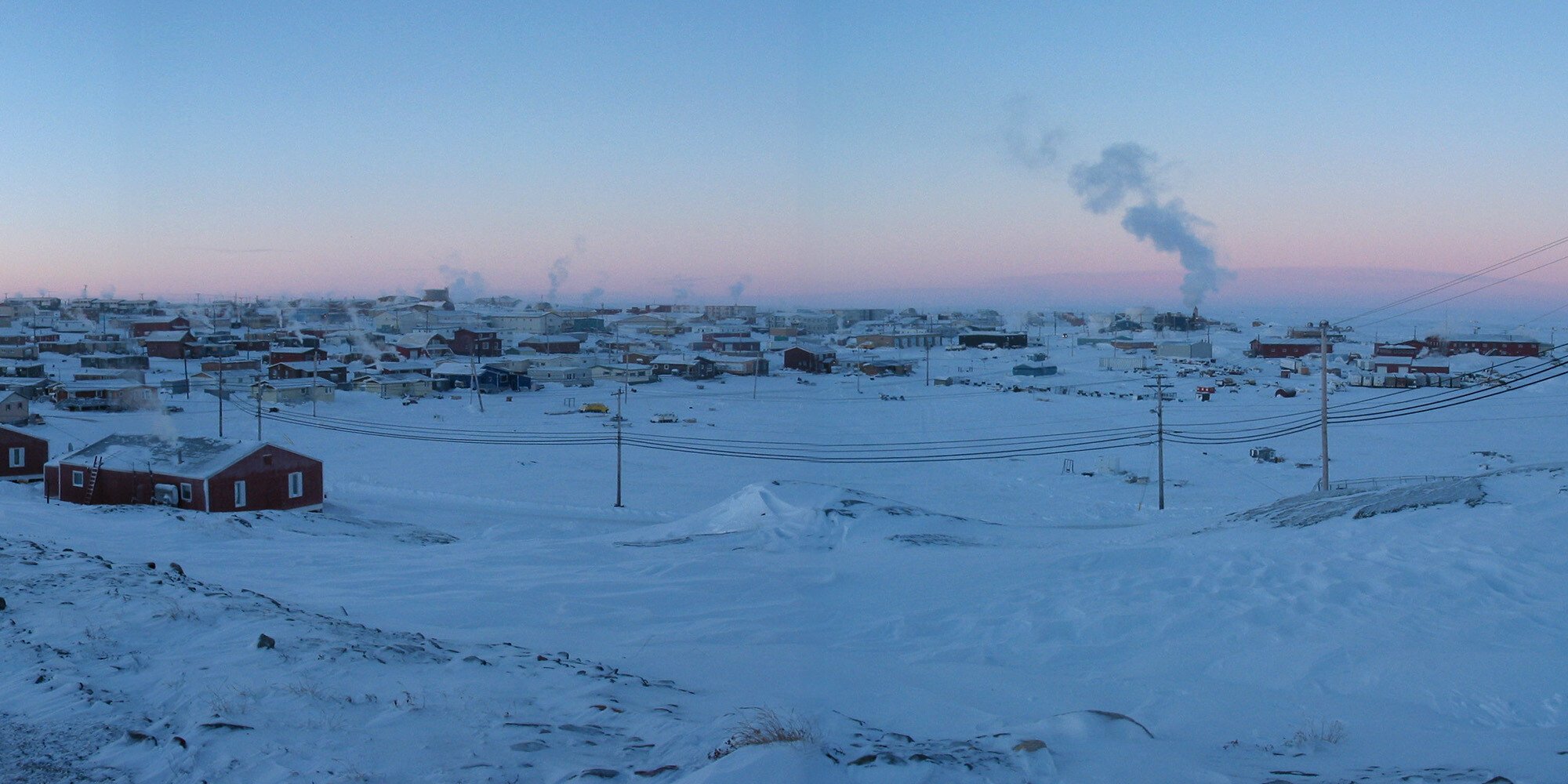
4 min read
How Effective Indigenous Relations Contribute to Economic Certainty
Ensuring economic certainty in a proposed project with an Indigenous community is a key component of mutually beneficial and effective Indigenous Relations. Without meaningful engagement or adequate measures to fulfill a duty to consult, industrial...
Read More







